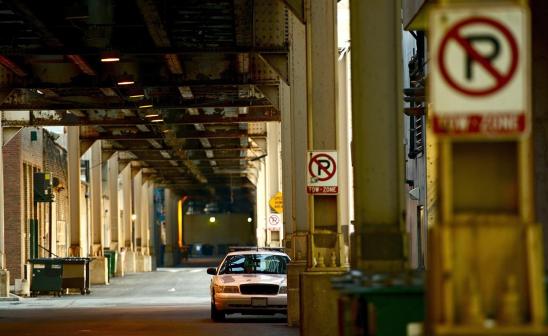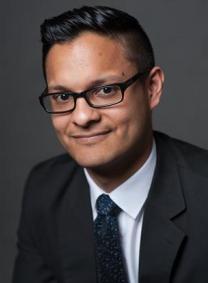What historical homicide waves reveal about Chicago policy

This story was originally published by UChicago News. Read the article on their site here.
UChicago researchers find century of repeated patterns in city responses to violence
The four largest homicide waves in Chicago history have occurred over the course of a century, separated by the emergence of new political leaders and new social movements. But through those years, the city’s response to increases in homicides has remained consistent: more funding for police.
A leading University of Chicago sociologist argues in a new working paper that while scholars have conducted studies on homicide perpetrators and victims, they have not rigorously evaluated how cities respond to homicides—and how different parties attempt to claim credit for violence reductions.
“Chicago history teaches us that homicide waves are not just moments where city leaders search for the interventions backed by the best evidence,” said Assoc. Prof. Robert Vargas. “Rather, they are moments where groups have competed to define the problem in a way that suits their aims.”
An expert on the spatial analysis of violent crime and health care in cities, his new research investigates Chicago’s policy responses to homicide waves in 1920-25, 1966-70, 1987-92 and 2016.
Each historical homicide wave, the paper found, led to Chicago increasing police officers and police funding. From 1965-70, for example, the Chicago Police Department more than doubled its budget from $90 million to $190 million.
The paper also found that police and city officials often deflected responsibility publicly for spikes in violence. In 1966, for example, CPD Superintendent O. W. Wilson claimed that Civil Rights Movement marchers were diverting officers away from their duties—and thus producing the rise in crime. In the early 1990s, Mayor Richard M. Daley frequently tied the rising homicide rate in Chicago to the federal government’s failure to stop drugs from flowing into the country.
The research relies on a variety of sources, including newspaper archives, books and academic articles, and annual CPD reports. Co-authors of the paper are UChicago graduate student Chris Williams and recent UChicago alumni Philip O’Sullivan, AB’20, and Christina Cano, AB’19. They have made the datasets they collected and analyzed publicly available.
Vargas and his co-authors identify a central issue: Because the city of Chicago and the police control access to sensitive data on crime and responses to crime, they can control who can use the data—and how. The historical record showed that the city has consistently used these data to minimize police responsibility for homicide waves, while giving police credit for homicide reductions.
For example, the paper contrasts how CPD Superintendent LeRoy Martin publicly addressed homicides in successive years. When Chicago suffered a relatively low total in 1988, Martin credited an “accelerated program of gun seizures.” But when facing an increase in 1989, he argued instead that many were “not homicides we could have prevented” because they were related to drugs or domestic disputes.
That such data remains opaque makes it difficult for organizations implementing rigorously evaluated social interventions to receive the credit and investment they deserve.
“By and large, the city’s main response has been more funding for the police,” said O’Sullivan. “I can’t really think of any time this city has actually made a substantive, prolonged investment in a different strategy.”
One problem, Vargas added, is the fact that city agencies, philanthropic groups and other institutions often communicate through separate channels—isolating conversations about successes or failures in intervention.
“Chicago history teaches us that homicide waves are not just moments where city leaders search for the interventions backed by the best evidence.”
Vargas pointed out the work of the late UChicago scholar Irving Spergel, a longtime professor at the School of Social Service Administration known for his research on gang violence. Although Spergel’s violence prevention strategies in the 1980s and 1990s were seen as effective by foundations, city government never invested in his interventions.
“The conversations about success or failure have occurred within silos,” Vargas said, “but it is just now, in 2020, that more groups are beginning to openly challenge the police department’s narratives.”
The researchers hope that their paper not only prompts a rethinking of anti-violence interventions, but also helps democratize how the city defines its goals and problems.
“The current moment that we’re in requires innovation,” Cano said. “This history suggests that the responses to this problem have been anything but innovative, so I hope that this could compel officials in key positions to think differently.”
Added Williams: “If our responses have always been the same throughout history, then it is time to fundamentally rethink how we approach community relations and police relations.”
 THE UNIVERSITY OF CHICAGO
THE UNIVERSITY OF CHICAGO


